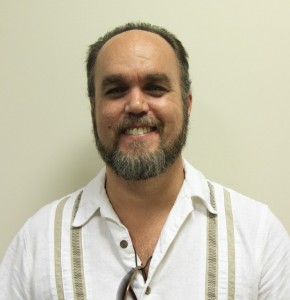 I was released from prison on December 29th, 2009. The New Year took on significance for me that it hadn’t had in a long time. Behind bars one year was pretty much like the next. Usually I would sleep through the midnight showing of the celebration in Times Square, and wake up the next day to the same world.
I was released from prison on December 29th, 2009. The New Year took on significance for me that it hadn’t had in a long time. Behind bars one year was pretty much like the next. Usually I would sleep through the midnight showing of the celebration in Times Square, and wake up the next day to the same world.
In 2009, I spent New Year’s Eve at a church in Valdosta, staying there all night long singing and praying and watching skits and children’s plays. In 2010, I spent the holiday with my sister in Connecticut, and drank a glass of Dom Perignon while we watched the people on television.
This year I find myself reflecting on the year past, especially the time since I started writing for JJIE in August. I also am looking to the coming year and find myself wondering what changes are in store, not just in my personal life but in the world that we at JJIE focus on.
A lot of the research I have done while at JJIE has been disheartening. There are so many problems with the system, and so many challenges that seem insurmountable, that at times I have despaired that things can really change. There are too many kids in adult prison, too many with life sentences, and too many in dangerous and neglected situations.
According to a report in Pennlive.com there are 60,000 youth in “secure facilities” in the United States. This is another way to say prisons for children. Even though these facilities have been largely shown to be ineffective, especially with kids who are incarcerated for nonviolent offenses (who usually make up a majority of the population), they continue to be funded in most states far in excess of alternative programs that have been shown to be more effective both in reducing recidivism and in cost.
The Annie E. Casey Foundation released a report recently called “No Place for Kids”, in which it is stated that some forty percent of delinquent teens are incarcerated in these prisons. The other sixty percent participate in various other programs, including group homes, wilderness programs, and boot camps that give them another place to “do time”.
Amazingly, this is actually an improvement when viewed over the past several decades. The peak of youth imprisonment was in the seventies and eighties, and it has been dropping ever since. This is a trend that will hopefully continue this coming year. Oddly enough, the continuing economic problems of the country seem to be accelerating positive changes in the world of juvenile justice. As states struggle with funding they actually begin to look at the cost effectiveness of their programs.
This new focus is encouraging to me, and it helps offset the despair I feel sometimes at the state of juvenile justice in the United States. Another thing that has given me a boost is the growing interest in restorative justice. This, broadly, is justice that involves all of the “stakeholders” affected by crime. I have met many people interested in the ideas of restorative justice, especially the idea of involving the community in efforts to rehabilitate youth without sending them away. This type of justice acknowledges the impact that all of us feel when a crime is committed, and the shared responsibility we have when it comes to making our world a better place for all.
The ideas of restorative justice have been around a long time, but it seems to me that they are beginning to grow and flower. I hope that the new year sees more of this.
